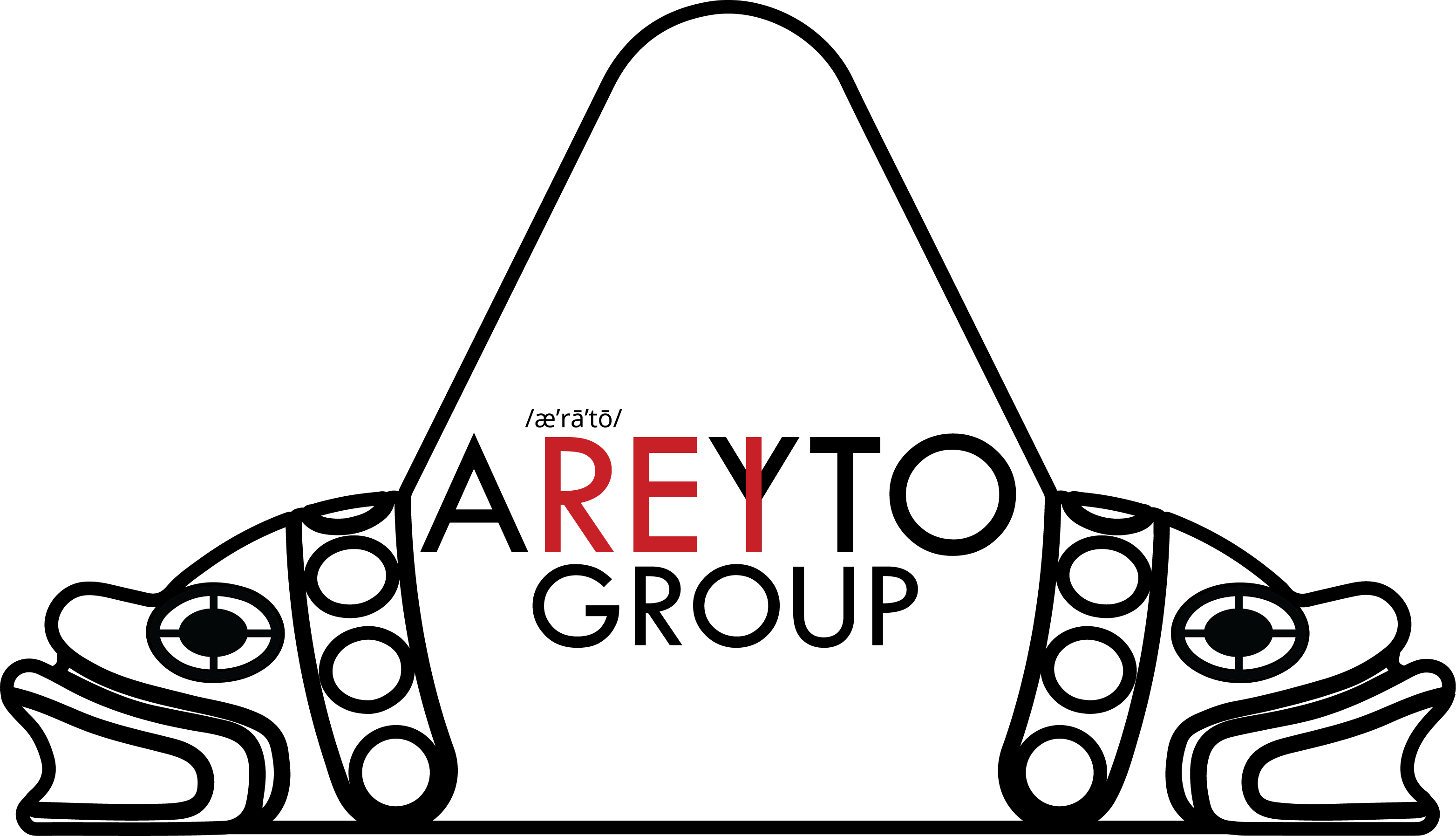For our ten-year anniversary, my wife and I took a Western Caribbean cruise last December. We had a great time! My wife is a fiend for “mudslides”, the very sweet and rich drink made with chocolate, Kahlua, irish cream, vodka and a few other delicious additions. She ordered them at the bar by the ship’s pool and it was great. She enjoyed them and they were delicious!
One night, we were hanging out at one of the bars on a different section of the ship and she ordered a mudslide. When I saw the bartender making it, I sensed that there might be a problem. When my wife got it, she looked at me with a look as if she was sure I got her the wrong thing. And she asked, “What is this, Honey? I wanted a mudslide!” I told her that it was a mudslide (I saw the bartender mixing it so I know that ingredient-wise, it was correct). Her disappointment stemmed from the fact that this bartender did not add the swirls of chocolate syrup all over the inside of the glass before pouring the drink in. She is used to seeing and enjoying those chocolate swirls, so she did not enjoy this one as much as the other ones.
And this got me thinking about Standard Work, if you can believe it. Here I am somewhere in the middle of the Caribbean thinking how the crew and cruise line could benefit from Standard Work. I mean, this goes to the root of what Lean is. The first Lean principle says, “Specify value in the eyes of the customer”. Well, my wife places value on those chocolate swirls and she is willing to pay for them. So, if you wanted your customer to always get the quality she is expecting, shouldn’t you make sure that mudslides are always made the same way, all across the ship by all bartenders?
A lot of “lean” organizations fall short of true implementation of standardized work. They think that just “knowing” how to do it is enough. In much the same way the cruise line’s food and beverage department probably think they “know” how to make a mudslide. But, the reality of the matter is that, if you want to ensure perfect quality every time, you must have standard work. We have discussed other benefits of standard work elsewhere, but here we are focusing on how standard work can almost guarantee built-in quality in any organization, in any industry.
Standard work is the best way known today to accomplish a task. “Best” is defined as, “safest, cheapest, highest quality, fastest” and any other superlatives you can think of that the customer demands. Can standard work change? Of course it can! As a matter of fact, IT SHOULD CHANGE! In continuous pursuit of perfection. That’s why I said it is the best way known TODAY!
To use standardized work to guarantee quality, you must also know what your customer values. I will dedicate a whole other post to talk about how to find out what your customer values, because if you don’t know what your customer values, you need to find out quick! For my wife, the BEST way to make a mudslide must include the chocolate swirls on the inside of the glass. Getting one without them is a defect. And if it is a defect, it is not the highest quality, is it?
Please, share your thoughts on how you think standard work could add robustness to an organization’s built-in quality efforts.

